X
wikiHow is a “wiki,” similar to Wikipedia, which means that many of our articles are co-written by multiple authors. To create this article, 10 people, some anonymous, worked to edit and improve it over time.
This article has been viewed 85,087 times.
Learn more...
The Corolla is known for being a reliable and efficient vehicle. The car is simply the perfect vehicle for a small family but most owners find it has one small problem. That problem being that it’s slow and just doesn't have to get up and go that they are looking for. There is one main solution to this problem and that is to add a turbocharger setup to the vehicle which could potentially double the horsepower!
Steps
-
1Find your kit.
- There are many to choose from and the choice is up to the driver. One highly recommended kit is from TurboKits.com.[1] Includes all of the necessary components to run a turbo charged set up. You will also need to purchase a wideband O2 sensor with gauge and a boost controller or boost pressure gauge. (pictured below)
-
2Check and make sure all parts are included.
- If not, contact supplier for replacement parts because it is important that all parts are included because the vehicle may not run.
Advertisement -
3Remove Exhaust Manifold.[2]
- Refer to (Toyota exhaust manifold removal...)
-
4Remove Air intake.
-
5Remove front fascia and the Styrofoam bumper.
-
6Access vehicle engine control unit.
- Remove center console and passenger glove compartment for access to the engine control unit and its wiring (ECU).
- The wiring to the ECU runs from the ECU itself to the firewall then underneath the carpet to its corresponding locations.
-
7Connect wires.
- Connect corresponding colored wires from the Fuel ignition controller (FIC) to the vehicle (ECU). This unit will be the brains of your operation and will be responsible for making sure the engine runs efficiently.
- You can either solder all of the wire connections(permanent) or you can use quick disconnect crimps so that the car can be returned to stock condition.
- Optional purchase: Fuel Ignition Controller Harness.
-
8Replace fuel injectors.
- You are going to need to remove the fuel rail to complete this task.
-
9Install Intercooler.
- The best place is to mount it below the front Styrofoam bumper
-
10Install charge piping.
- The piping is already pre mandrel bent and can only go onto the vehicle one way at this time is when you re install your previously existing MAF into position.
-
11Install turbo exhaust manifold.[3]
-
12Install turbo.[4]
- Bolt the turbo charger up to the new exhaust manifold.
-
13Attach Downpipe.[5]
- Attach the stainless steel down pipe to the exhaust housing side of the turbo charger.
-
14Thread in the oil feed and return line to the turbo charger.
-
15Remove oil pan.
- You are going to need to drain the oil first to avoid a mess.
-
16Install oil feed and return lines into the oil pan.
-
17Re-install the oil pan.
- Recommended to replace oil pan gasket or sealer
-
18Install the wideband O2 sensor.
- Make sure to properly connect it to the FIC.
-
19Install AEM Boost controller.
- Make sure to properly connect it to the FIC.
-
20Do a final check.
- Check fluid levels. Test new equipment to makes sure it is all powering on correctly ex.(FIC, EBC and Wideband)
-
21Start engine.
- Check for any abnormalities:
- Check Engine Light.
- Stalling.
- Rough idle.
- Unusual noises.
- Check for any abnormalities:
Advertisement
Community Q&A
-
QuestionCan I convert manual steering to automatic steering?
 Community AnswerYes, but it's highly recommended that you go to a mechanic and let them do it. That's not the kind of thing an amateur should attempt on their own.
Community AnswerYes, but it's highly recommended that you go to a mechanic and let them do it. That's not the kind of thing an amateur should attempt on their own. -
QuestionCan I add any type of turbo kit to my Corolla?
 Community AnswerAll turbochargers can be accessed, but do not rely on twin turbos or superchargers. There are several options to choose from; consider some JDM brands to help you out (e.g. AEM, HKS, GReddy, etc.). Be wise in selecting the best turbo, and consider power output and horsepower of the car as the factors in choosing the right one.
Community AnswerAll turbochargers can be accessed, but do not rely on twin turbos or superchargers. There are several options to choose from; consider some JDM brands to help you out (e.g. AEM, HKS, GReddy, etc.). Be wise in selecting the best turbo, and consider power output and horsepower of the car as the factors in choosing the right one. -
QuestionCan I turbo charge a carburetor engine?
 Community AnswerYes. Forced induction of carbureted engines has been done for a very long time. Whether or not it should be attempted is an open question.
Community AnswerYes. Forced induction of carbureted engines has been done for a very long time. Whether or not it should be attempted is an open question.
Advertisement
Warnings
- Make sure that the oil feed and returns line are put into the proper position on the oil pan. If the lines are put to close to the top you risk not getting the proper oil feed to your turbo.⧼thumbs_response⧽
- Turbo charging a vehicle is not just as simple as bolting the parts on and driving away. There are a lot of parts that should only be performed by someone who has a background in mechanics and working on vehicles to insure the safety of the driver⧼thumbs_response⧽
- Do not drive the vehicle hard before driving approximately 100-200miles of average use. All of the new turbocharging parts need time to break in and settle before they are put to good use⧼thumbs_response⧽
- DO not damage the MAF sensor. Vehicle may not run properly. It should be cleaned and installed into the new air intake system.[6]⧼thumbs_response⧽
Advertisement
Things You'll Need
-
Turbo Kit
- Turbo charger
- Turbo manifold
- Engine management unit
- Inter-cooling with piping and couplers
- Larger injectors (highly recommended)
- Turbo Downpipe
- Air filter
- Oil feed and return lines
- Boost Gauge or controller
- Air/Fuel ratio gauge
- AEM Wideband O2 Sensor
- AEM Boost gauge or AEM Boost Controller(Preferred)
References
- ↑ https://www.turbokits.com/Toyota/Corolla/Turbo_Kits/
- ↑ https://www.youtube.com/watch?v=uMLnntyObDg
- ↑ https://www.youtube.com/watch?v=CCUQ8U1wGd4
- ↑ https://www.youtube.com/watch?v=CCUQ8U1wGd4
- ↑ https://www.youtube.com/watch?v=CCUQ8U1wGd4
- ↑ https://www.familyhandyman.com/automotive/car-maintenance/mass-air-flow-sensor-maf-cleaning/
About This Article
Advertisement
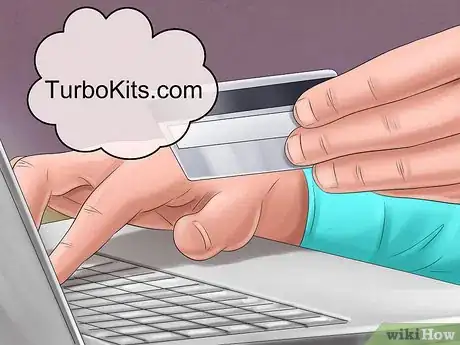
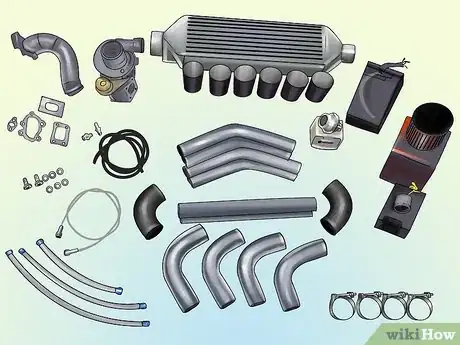
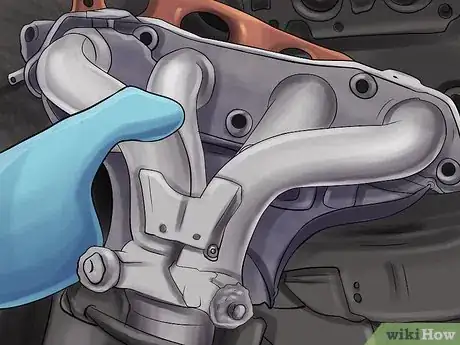
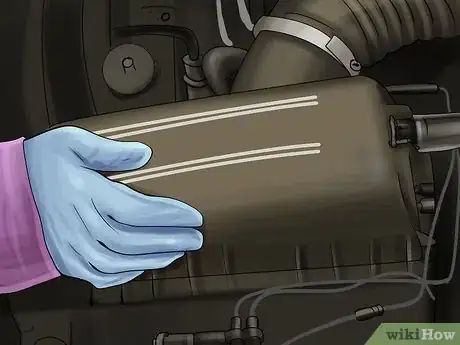

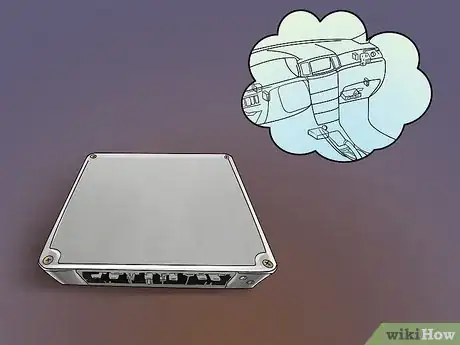
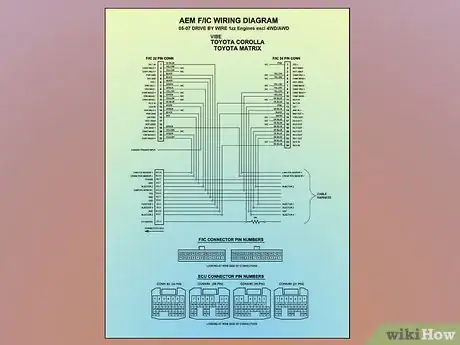
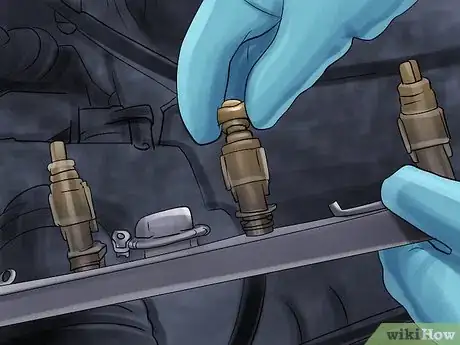

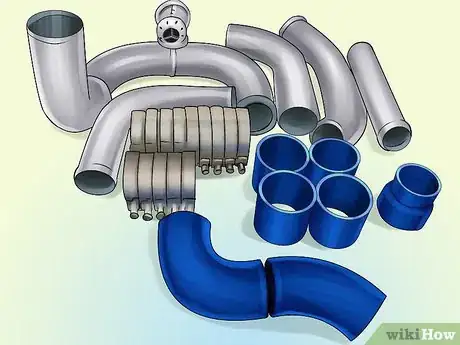

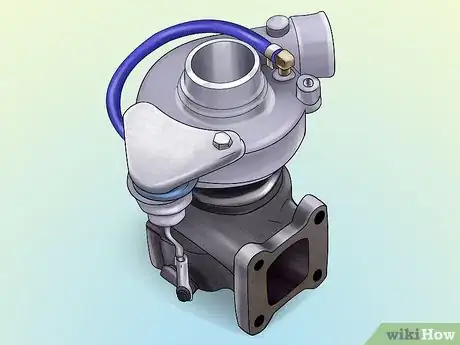
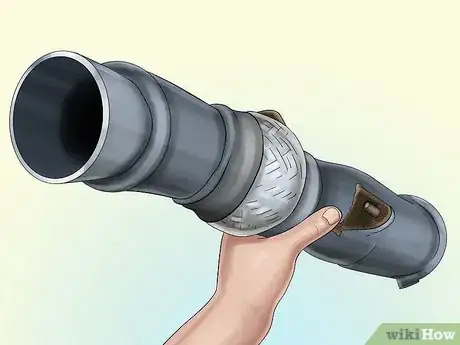
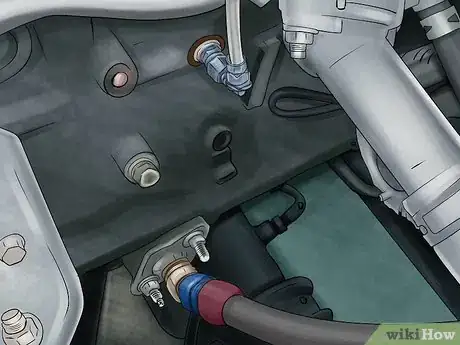
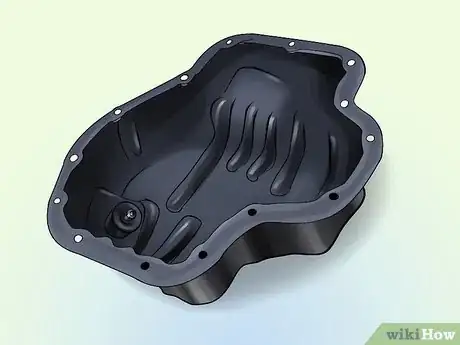
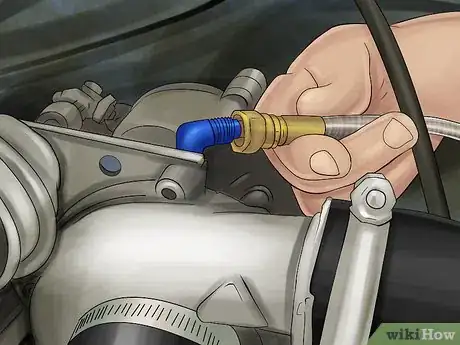
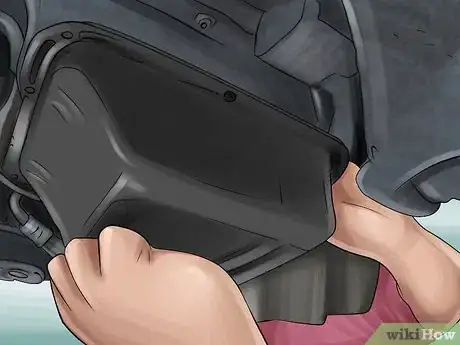
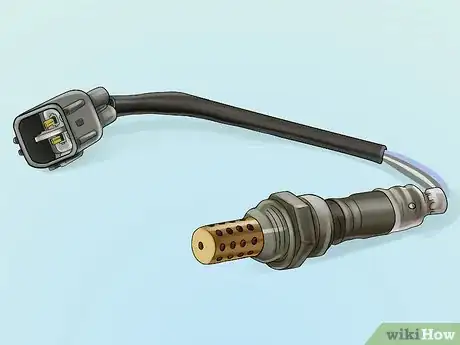
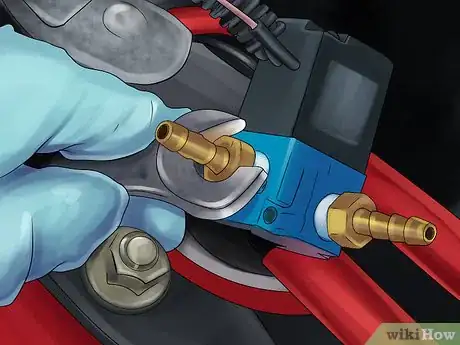
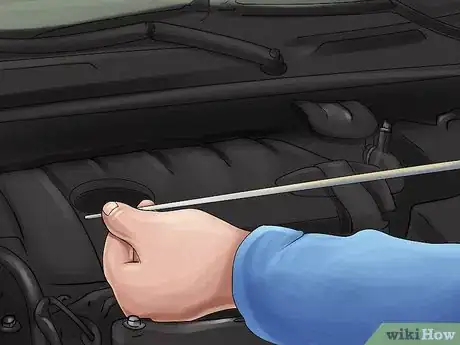
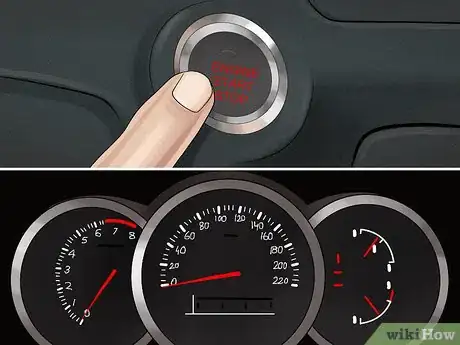
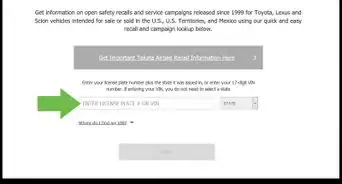
-Step-13-Version-2.webp)
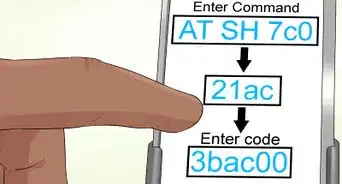
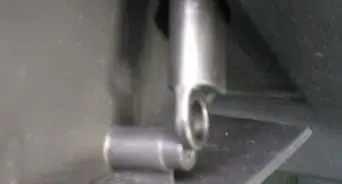

-Step-27.webp)


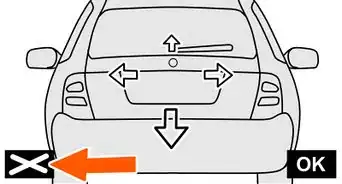








-Step-13-Version-2.webp)




































